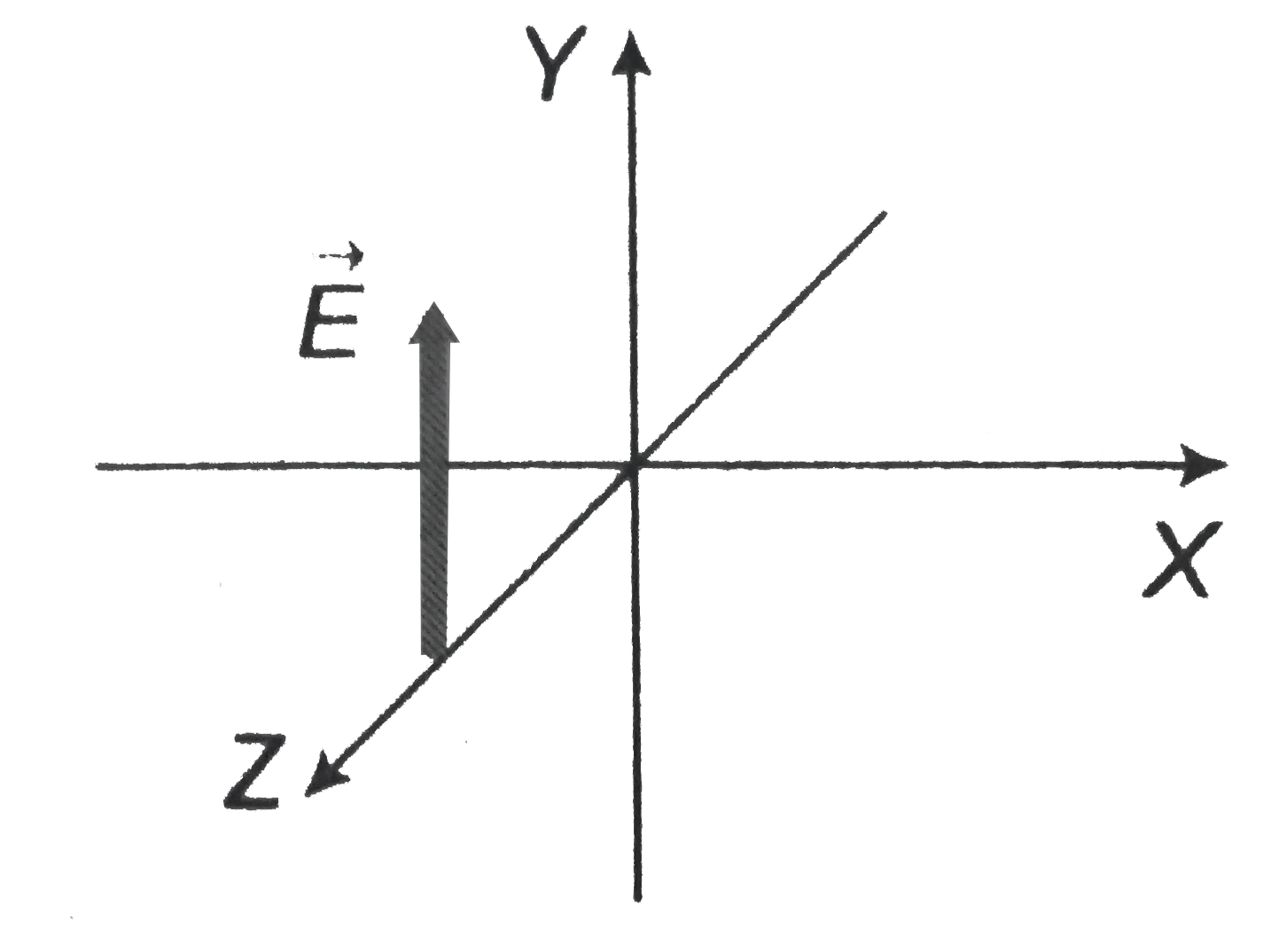The rate at which the wave transports energy is :
50 W
180 W
100 W
25 W
The correct Answer is:D
Power P=12μω2A2v
= 12×0.525×(754)2×(8.5×10−3)2×9.25 = 100 W
Topper's Solved these Questions
- WAVES BOOK - PHYSICS GALAXY - ASHISH ARORACHAPTER - WAVES EXERCISE - Advance MCQs with One or More Options Correct
30 Videos
- WAVES BOOK - PHYSICS GALAXY - ASHISH ARORACHAPTER - WAVES EXERCISE - Unsolved Numerical Problems for Preparation of NSE, INPhO & IPhO
135 Videos
- WAVES BOOK - PHYSICS GALAXY - ASHISH ARORACHAPTER - WAVES EXERCISE - Conceptual MCQs Single Option Correct
24 Videos
- WAVE OPTICSBOOK - PHYSICS GALAXY - ASHISH ARORACHAPTER - WAVE OPTICSEXERCISE - Unsolved Numerical Problems
28 Videos
- X-RAYSBOOK - PHYSICS GALAXY - ASHISH ARORACHAPTER - X-RAYSEXERCISE - Unsolved Numerica Problem for Preparation
23 Videos
Similar Questions
A string has linear density μ=525g/m and is under tension τ=45N. We send a sinusoidal wave with frequency f=120Hz and amplitude ym=8.5 mm along the string. At what average rate does the wave transport energy?
View SolutionA sinusoidal wave of angular frequency 1200 rad/s and amplitude 3.00 mm is sent along a cord with linear density 4.00 g/m and tension 1200 N. (a) What is the average rate at which energy is transported by the wave to the opposite end of the cord? (b) If simultaneously, an identical wave travels along an adjacent identical cord, what is the total average rate at which energy is transported to the opposite ends of the two cords by the waves? IT, instead, those two Waves are sent along the same cuid simultaneously, what is the tolal average rate at which they transport energy when their phase difference is (c) 0, (d) 0.4πrad, and (e) π rad?
View Solution
Knowledge Check
Waves transport
Aenergy onlyBmomentum onlyCintensityDenergy and momentumThe figure here gives the electric field of an EM wave at a certain point and a certain. The wave is transporting energy in the negative z direction. What is the direction of the magnetic field of the wave at the point and instant?
 ATowards + X directionBTowards - X directionCTowards + directionDTowards - Z direction
ATowards + X directionBTowards - X directionCTowards + directionDTowards - Z directionElectromagnetic waves transport
Amomentum and charge.Bmomentum and matter.Cmotion and mass.Denergy and momentum.
A sinusoidal wave of angular frequency 1200 rad/s and amplitude 3.00 mm is sent along a cord with linear density 2.00 g/m and tension 1200 N. What is the average rate at which energy is transported by the wave to the opposite end of the cord?
View SolutionA sound source sends a sinusoidal sound wave of angular frequency 3000 rad/s and amplitude 10.0 nm through a tube of air. The internal radius of the tube is 2.00 cm. (a) What is the average rate at which energy (the sum of the kinetic and potential energies) is transported to the opposite end of the tube? (b) If, simultaneously, an identical wave travels along an adjacent, identical tube, what is the total average rate at which energy is transported to the opposite ends of the two tubes by the waves? If, instead, those two waves are sent along the same tube simultaneously, what is the total average rate at which they transport energy when their phase difference is (c) 0, (d) 0.40π rad, and (e) π rad?
View Solution(A ): Speed of EM wave in a medium depends on electrical permittivity and magnetic permeability of the medium (R) E.M wave transport energy in the form of oscillating electric and magnetic fields
View SolutionWhich of the following statements is/are correct about waves?
Waves are patterns of disturbance which move without the actual physical transfer or flow of matter as a whole.
Waves cannot transport energy.
The pattern of disturbance in the form of waves carry information that propagate from one point to another. Choose the correct option from those given below.
View SolutionTwo identical but separate strings, with the same tension, carry sinusoidal waves with the same frequency. Wave A has an amplitude that is twice that of wave B and transmits energy at a rate that is ........that of wave B.
View Solution
